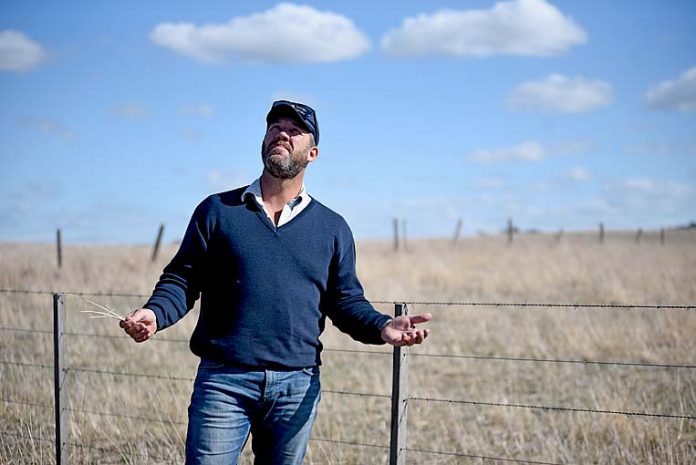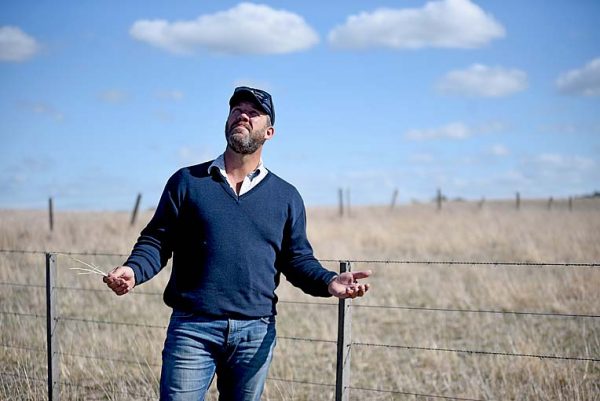

SOUTH East farmers remain in dire need of rain as feed stocks start to dwindle, with a stretch of dry weather taking its toll on the “drought-proof” region.
With the traditional Anzac Day downpour not arriving in the Limestone Coast, primary producers have been left without significant rainfall similar to that which fell across northern areas of the state on Wednesday, with some districts recording up to 60mm.
The Bureau of Meteorology is predicting the dry spell to continue into May across the country’s eastern seaboard and the South East, while Far North Queensland and the Northern Territory are preparing for a wetter than average period.
There is a reported 75pc chance of receiving just 100 to 200mm of rain during the May to July period in the region, while a 25 to 50pc chance of more than 200mm.
O’Connor and Graney stock agent Ben Jones said the let-down of little to no rain in the foreseeable future was a hot topic at the Glenburnie Saleyards mid-week market.
“A lot of talk at the market on Wednesday was about hay – people wanting to know where they can get some as things are really tightening up,” he said.
“Feed conditions are well and truly behind – I’d go as far to say at least four or five weeks behind – even if we got that break it still will not be ideal.
“Normally at this time people have just started calving down and are very close to lambing down.
“Usually have a reserve of feed on ground going into winter as its tough time for stock.”
Mr Jones said the lack of natural growth has meant producers have purchased feed to make it through.
“We’re feeding with large quantities of fodder which is running out,” he said.
“We might be struggling until spring – and that’s providing we get a good spring rain which is absolutely critical.
“There is a bit of germination on the ground in some areas and if we were to get some good rain quite soon then I think that feed would get up and away, but there’s areas that are just too far gone at this point.”
With winter fast approaching, producers are scrambling for a solution.
Mr Jones said this could lead to a surplus of stock heading to the sale, which will cause value to drop.
“If it were to rain it would give a bit of a double bonus as we’d see a rise in stock value and would give producers more options,” he said.
“At the moment they’re being pushed into a corner – either they need to start shedding breeding stock to reduce feed costs or commit to a large volume of fodder.
“Those who have to shed stock will see a big impact in future years.
“If you shed stock – whether you buy them back in or breed them yourself – by the time you get a weaner up for sale you’re talking about a three year period.
“It takes two years for that female to get to calving down then you have got around 12 months before you can sell that offspring.”
Although the region is struggling, farmers in Australia’s northern areas have been battling drought for an extended period of time, which is also impacting on the South East.
“The drought further north is also part of the issue,” Mr Jones said.
“With large volumes of feed being sold off up there, we’re becoming more and more tight down here.
“There has not been a prime season for a few years, which means our hay supply has already been low.
“Most sheds have been cleared out each year so everyone’s already at low capacity to begin with.
“Plus with producers shedding stock, it means our numbers have not been as high as previously due to an oversupply and not enough demand.”
Mr Jones said while it had been a trying time, it has meant producers in the South East have been able to buy stock at cheaper prices.
“It’s not all doom and gloom,” Mr Jones said.
“This has also been beneficial for some down here as we have been able to buy stock cheaper and finish them up down here before selling at a profit.
“But unless we see a good inch or two of steady rain as soon as possible and then standardised rain throughout winter, there is not going to be any feed to bring them up anyway.”





